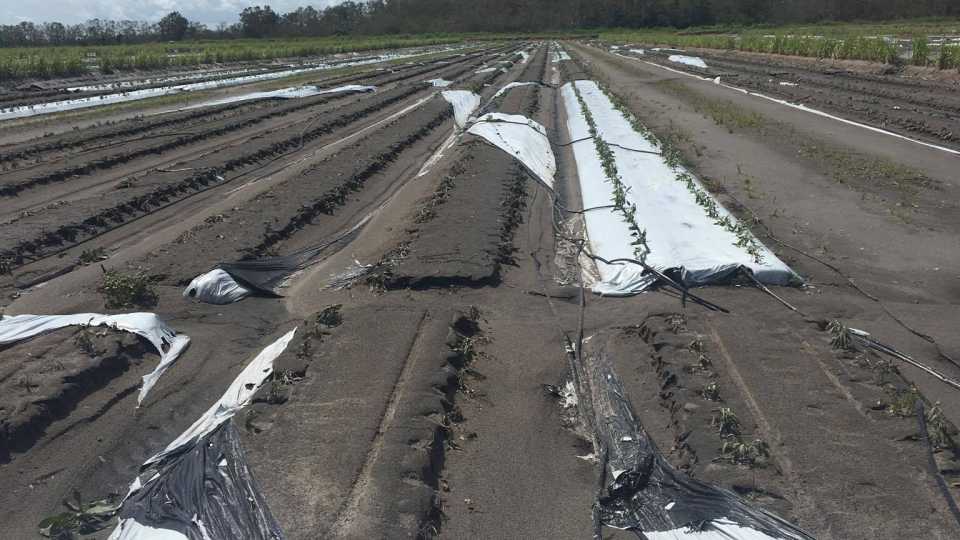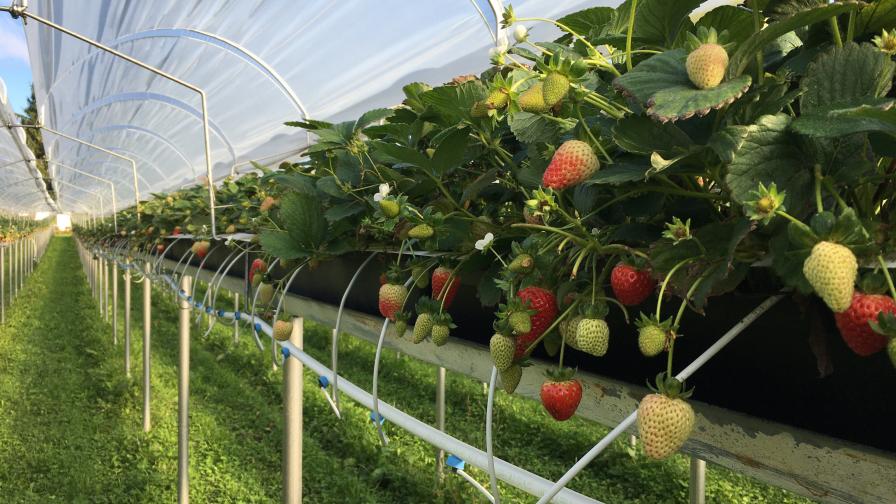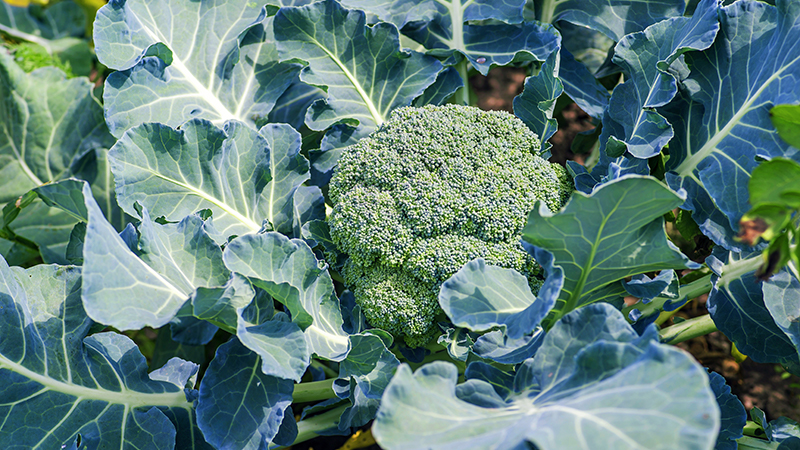How Autonomous Equipment Is Keeping Farm Workers Out of Harm’s Way
The agriculture industry has one of the highest rates of workplace injury and fatalities. From industrial-scale pesticide applications to complex machinery built for specialized harvesting, farm workers often find themselves exposed to dangerous environments, materials, and machines. Thanks to an ongoing transition to autonomous farming, these risks could soon be in the past.
As the roots of digitization continue to take hold, data- and AI-driven robotic operations are quickly becoming the solutions farmers turn to, not only to speed up operations, but to protect their workers as well. These solutions allow growers to focus on strategic management, optimizing operational efficiency, improving sustainability and overall yield, and keeping workers at a safe distance from harmful chemicals and machinery.
By removing workers from the tractor seat, autonomous technologies are making the agriculture industry safer, smarter, more efficient, and more appealing to a generation of young, tech savvy employees – a critical transition at a time when jobs perceived as dull, dirty, or dangerous are falling out of favor.
Occupational Hazards
The concept of a farm worker driving a tractor for rote yet dangerous tasks like spraying toxic chemicals needs to become as antiquated as using scythes and sickles — there is simply no longer a need for human participation in many basic tractor-based tasks on the farm. Tractor-related incidents are a leading cause of death for farm workers, while prolonged exposure to organophosphate pesticides and other commonly used chemicals has been known to lead to respiratory issues, skin irritation, neurological disorders, and long-term complications including cancer.
The urgency to mitigate agricultural hazards is compounded by the fact that young family members often participate in the workforce of family-run farms. Despite an abundance of resources for protecting them, young workers are nearly eight times as likely to be fatally injured in agriculture compared to all other industries combined. With a staggering 48% of all youth occupational fatalities occurring in agriculture, the need for autonomous farming has never been more salient.
Enhancing Safety and Efficiency
Historically, physically demanding labor was an assumed burden of agricultural work. While technological advancements eased many of these tasks, farming still required hands-on, on-site involvement. Only recent innovations such as autonomous tractors and equipment, robotic chemical applicators, and AI-powered management tools have significantly alleviated agricultural burdens and risks.
Growers can now monitor and execute farm operations from afar, keeping a distance from chemical drift, exhaust fumes, noise, temperature extremes, and heavy farm equipment. Remote and automated control capabilities also allow farmers to focus more on big picture strategy and address more pressing issues across the farm.
AI has become the staple crop of this transformation – by fusing AI technology with advanced autonomous capabilities, agricultural machinery can execute sophisticated tasks more efficiently than ever before, even in GPS denied environments or other challenging conditions. These AI models also accumulate data from prior use cases and continuously learn to better navigate dynamic terrain, adjust chemical application alongside real-time weather conditions, and alter movements according to obstacles, soil conditions or crop density. The result is first and foremost, improved worker safety, along with enhanced productivity and higher quality of work.
On a more strategic level, growers can harness AI-powered systems to analyze vast amounts of data in real-time to enable predictive analytics that can optimize farming operations. These insights can identify risks proactively by anticipating equipment failures or environmental changes and can prompt pre-emptive action to avoid accidents by shifting operations in accordance with dynamic variables. Workers can also learn from these insights to reduce their exposure to the sun and heat stress, lower the risk of injuries associated with machinery rollovers or collisions, and eliminate contact with toxic chemicals.
Safer agriculture improves the quality of life for growers on the micro-farm scale, as well as surrounding agricultural communities. Traditional, non-precision industrial pesticide, and herbicide spraying is notorious for run off and spray drift that can impact neighboring crops, and disrupt local water sources, often linked to health complications.
A New Generation of Farmers
American farmers are aging, and the percentage of young people entering the agricultural work force continues to shrink. Farmers under the age of 35 comprise only 9% of the total U.S. farmer population.
The transition to autonomous operations will play an essential role in keeping farm labor appealing to a younger workforce. Not only are younger generations more attuned to the tech-forward digital economy, but they are increasingly reluctant to rely on unsafe work environments for their livelihoods.
By adopting AI-backed autonomous technologies, farms can sell themselves as tech-driven operations that minimize dangerous tasks. This stands to mitigate labor shortages and safety hazards, while attracting younger talent who may be interested in the application of innovative technology to boost farming operations and profit, but were deterred by the inherent risks and archaic nature of traditional farming practices.
Sowing Seeds for the Future
For an industry long plagued by high fatality rates and labor shortages, the autonomous revolution offers a turning point for the safety, sustainability, and long term viability of securing the food supply.
By distancing workers from hazardous tasks and automating repetitive operations, autonomous farming not only stands to enhance safety standards but to bridge generational labor gaps – preserving the legacy of family farming businesses, attracting new talent, keeping our farms operational for generations to come and ensuring food safety for the foreseeable future.










